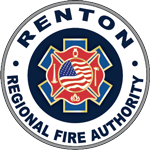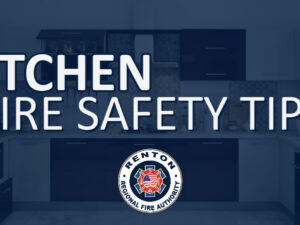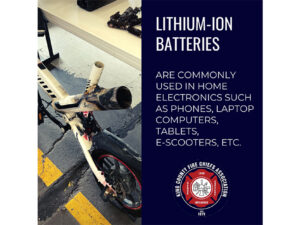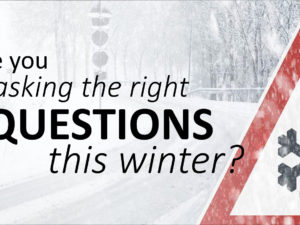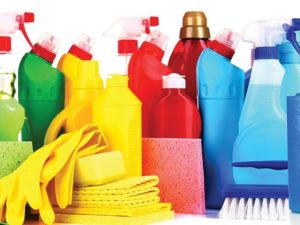October is Fire Prevention Month and this year’s theme is, “Learn the Sounds of Fire Safety”.
 Is there a beep or chirp coming out of your smoke or carbon monoxide alarm? What does it all mean? Knowing the difference can save you, your home, and your family! Make sure everyone in the home understands the sounds of the smoke and carbon monoxide alarms and knows how to respond.
Is there a beep or chirp coming out of your smoke or carbon monoxide alarm? What does it all mean? Knowing the difference can save you, your home, and your family! Make sure everyone in the home understands the sounds of the smoke and carbon monoxide alarms and knows how to respond.
Smoke Alarms are a key part of a home fire escape plan. When there is a fire, smoke spreads fast. Working smoke alarms give you early warning so you can get outside quickly.
- Install smoke alarms in every bedroom. They should also be outside each sleeping area and on every level of the home.
- It is best to use interconnected smoke alarms. When one smoke alarm sounds, they all sound.
- Test all smoke alarms at least once a month. Press the test button to be sure the alarm is working.
- Current alarms on the market employ different types of technology including multi-sensing, which could include smoke and carbon monoxide combined.
- A smoke alarm should be on the ceiling or high on a wall. Keep smoke alarms away from the kitchen to reduce false They should be at least 10 feet from the stove.
- People who are hard-of-hearing- or deaf can use special alarms. These alarms have strobe lights and bed shakers.
- Replace all smoke alarms when they are 10 years old.
Carbon Monoxide (CO) Alarms
Carbon Monoxide-often called the invisible killer, carbon monoxide is an invisible, odorless, colorless gas created when fuels (such as gasoline, wood, coal, natural gas, propane, oil, and methane) burn incompletely. In the home, heating and cooking equipment that burn fuel can be sources of carbon monoxide.
- CO alarms should be installed in a central location outside each sleeping area and on every level of the home and in other locations where required by applicable laws, codes, or standards. For the best protection, interconnect all CO alarms throughout the home. When one sounds, they all sound.

HOME HEATING EQUIPMENT
Have fuel-burning equipment and chimneys inspected by a professional every year before cold weather sets in. When using a fireplace, open the flue for adequate ventilation. Never use your oven to heat your home.
